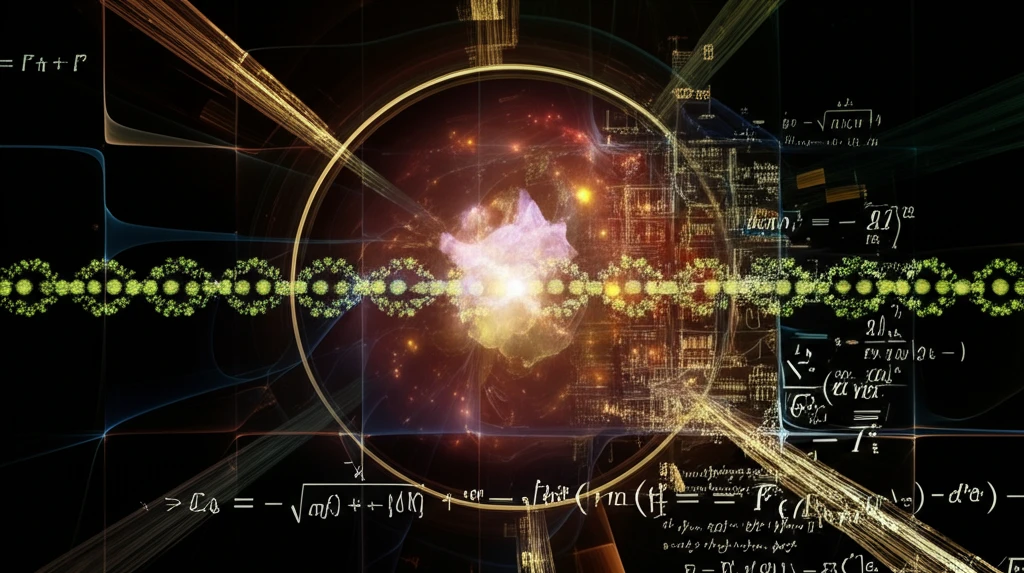
Unlocking the Secrets of Spin Chains: How New Research Could Revolutionize Quantum Understanding
"Delving into the Microscopic World: A New Look at Heisenberg Chains and Their Ground State Energies"
Quantum physics, often perceived as a realm of abstract theory, holds the key to unlocking groundbreaking technological advancements. One of the most intriguing areas within this field is the study of spin chains, one-dimensional systems composed of interacting quantum spins. These chains serve as simplified models for understanding more complex magnetic materials and quantum phenomena.
Recent research published in the Journal of Physics Communications sheds new light on the ground state energy of spin-1/2 isotropic anti-ferromagnetic Heisenberg chains. This work not only refines existing theoretical models but also resolves long-standing discrepancies, paving the way for enhanced applications in quantum computing and materials science.
Imagine a row of tiny magnets, each influencing its neighbors. Understanding the energy and behavior of this system at its lowest energy state—its 'ground state'—is crucial for predicting how these materials will behave under various conditions. This new study tackles this fundamental problem, providing more accurate calculations and bridging gaps in previous research.
What are Heisenberg Spin Chains and Why Do They Matter?

At its core, a Heisenberg spin chain is a theoretical model used to describe the magnetic properties of certain materials. It consists of a series of quantum spins, each representing the intrinsic angular momentum of an electron. These spins interact with their neighbors, aligning either in the same direction (ferromagnetic) or in opposite directions (anti-ferromagnetic).
- Quantum Computing: Spin chains can be used as qubits, the fundamental units of quantum computers. Understanding their properties helps in designing more stable and efficient quantum computing systems.
- Materials Science: The magnetic properties of materials are crucial in various technologies, from data storage to medical imaging. Accurate models of spin chains allow for the design of new materials with tailored magnetic properties.
- Fundamental Physics: Studying spin chains helps in understanding fundamental concepts in quantum mechanics, such as entanglement and quantum phase transitions.
Why This Research Matters for the Future
The refined understanding of spin chain ground state energies achieved in this research holds promising implications for future technological advancements. By resolving discrepancies in previous models, this work provides a more solid foundation for developing quantum computing technologies and designing advanced magnetic materials. As quantum computing moves from theoretical possibility to practical reality, such fundamental research will be instrumental in realizing its full potential.
